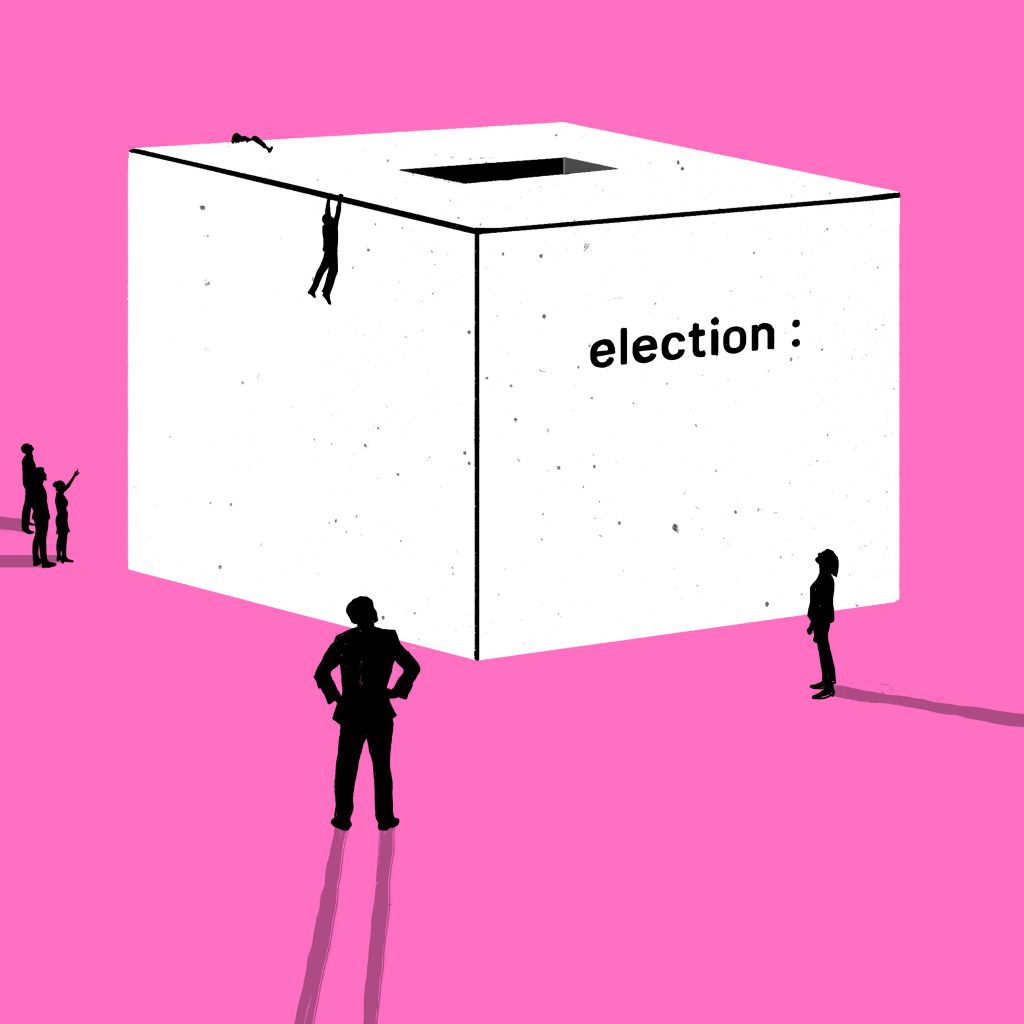
In the lead-up to Peru’s presidential election in the spring of 1990, sitting president Alan García was deeply unpopular. García, who was ineligible for reelection, represented Peru’s center-left, social democratic Aprista party. Like much of the region, Peru was still in the grips of the Latin American debt crisis that first hit in 1982. Rampant inflation was everywhere. García’s populist government had initially managed to stave off the disaster, but by 1988, García’s measures were no longer succeeding and by 1989, inflation was at 2000%. Furthermore, as economic conditions worsened, the brutality of the Maoist insurrectionary group Sendero Luminoso (Shining Path) increased, and so too did the brutality of the state’s response. In January 1989, García’s popular approval, once as high as 90%, had fallen to 9%. Among the electorate, distrust for political parties in general was at an all-time high, and the successive failures of two centrist governments—García’s and that of his predecessor, Fernando Belaúnde Terry—from the two major centrist parties, coupled with a voter preference for centrist policies, left a marked void in Peru’s political landscape.

